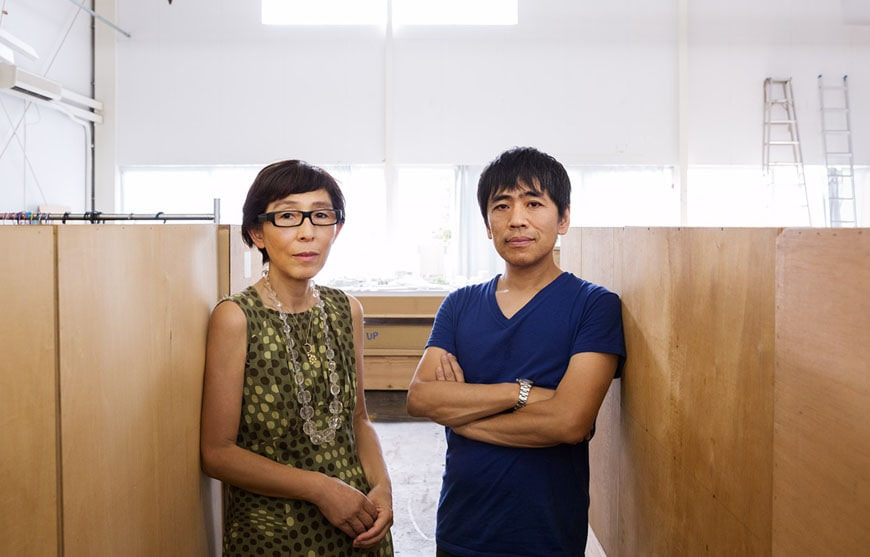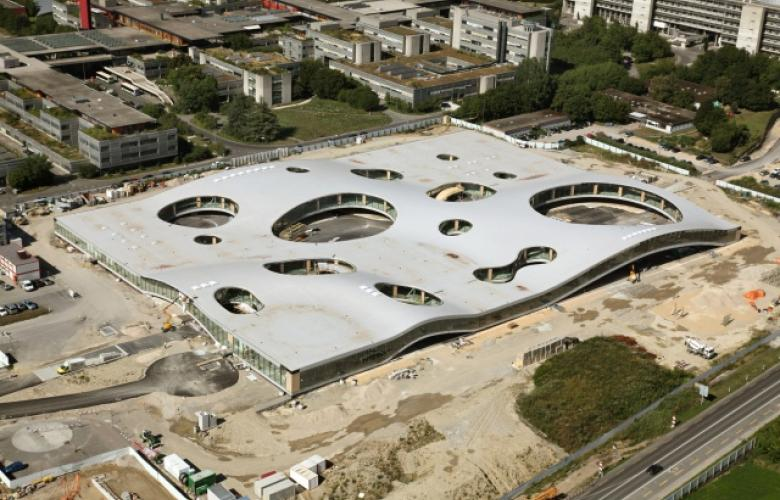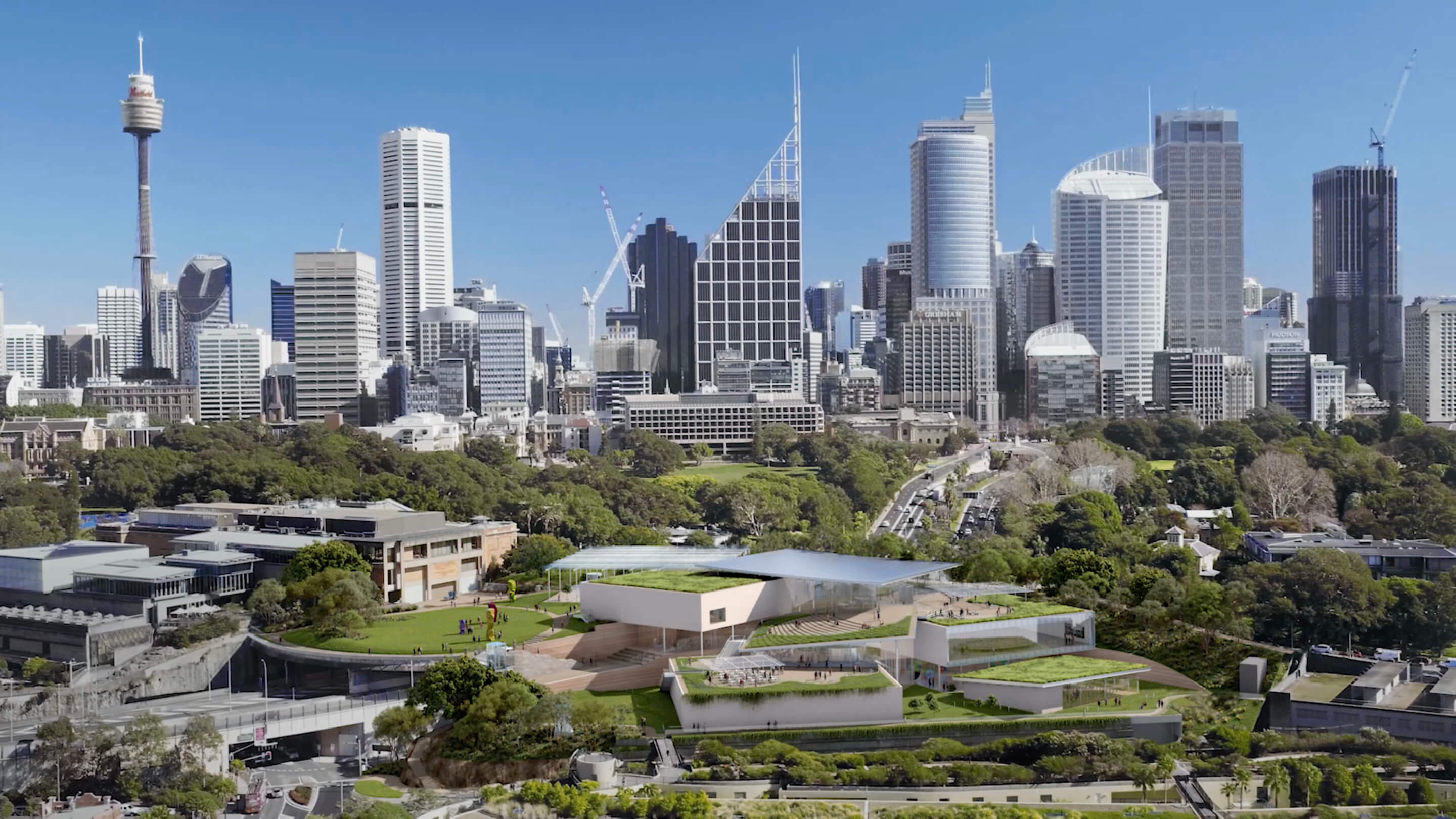The Royal Institute of British Architects (RIBA) has awarded the 2025 Royal Gold Medal for architecture to SANAA, a renowned Japanese firm led by Kazuyo Sejima and Ryue Nishizawa.
This prestigious honor, given on behalf of the King, recognizes the firm’s commitment to sustainable, user-centered design and its ability to create architecture that resonates with people worldwide.
The recognition marks a significant milestone in SANAA’s nearly three-decade-long journey of shaping contemporary architecture through innovative and elegant designs.
The Legacy of SANAA: Shaping Modern Architecture
Founded in 1995, SANAA has consistently pushed the boundaries of architectural design with its distinctive approach that balances form, function, and environmental consciousness.
The firm’s work is characterized by simplicity, fluidity, and an emphasis on creating spaces that foster human connection. Sejima and Nishizawa’s collaborative philosophy has allowed them to produce projects that seamlessly blend with their surroundings while encouraging people to interact with the built environment in new and meaningful ways.
One of SANAA’s most celebrated works is the 21st Century Museum of Contemporary Art in Kanazawa, Japan. The museum, completed in 2004, is known for its circular design that eliminates a defined front or back, allowing visitors to experience art from multiple perspectives.
Read : 81-Year-Old Japanese Woman Unwillingly Commits Crime to Stay in Prison
The transparent walls of the museum create an inviting and inclusive atmosphere, reinforcing the firm’s belief that architecture should be open and accessible to all.
Read : The Grand Palace: Thailand’s Jewel of Royal Grandeur and Cultural Splendor
Another iconic project by SANAA is the New Museum in New York, completed in 2007. The museum’s bold, stacked-box design challenges conventional notions of museum architecture while maximizing flexibility for exhibitions. Its minimalist aesthetic and innovative use of materials have made it a landmark in the heart of Manhattan.
A Commitment to Sustainability and Human-Centered Design
SANAA’s architectural philosophy extends beyond aesthetics and functionality; the firm places a strong emphasis on sustainability and environmental harmony. Their projects integrate natural light, open spaces, and fluid layouts to create structures that are energy-efficient and adaptable to changing needs.
The Rolex Learning Centre in Lausanne, Switzerland, exemplifies this approach. Completed in 2010, the center features a unique undulating design that blends indoor and outdoor spaces, creating a seamless connection between architecture and nature.
In addition to sustainability, SANAA prioritizes user experience and communal engagement. The firm’s designs often encourage social interaction by breaking down traditional barriers in architecture.

The Louvre-Lens Museum in France, for example, is designed as a series of interconnected glass structures that blend with the surrounding landscape. This transparency fosters a sense of openness and accessibility, making art more approachable to visitors.
The Serpentine Gallery Pavilion in London, another masterpiece by SANAA, further showcases their ability to create structures that interact harmoniously with their environment.
Designed in 2009, the pavilion features a floating aluminum canopy that appears to drift through the trees, evoking a sense of lightness and fluidity. This project epitomizes the firm’s ability to merge architectural innovation with natural elements, creating spaces that feel both modern and organic.
The Impact of SANAA on Global Architecture
Over the past three decades, SANAA has influenced contemporary architecture on a global scale. Their projects span across Asia, Europe, North America, and Australia, each reflecting their signature style of minimalist elegance and functional fluidity.
From commercial buildings and museums to cultural centers and educational institutions, SANAA’s work demonstrates how architecture can enhance human experiences while respecting the environment.
The duo’s influence extends beyond their built projects. Kazuyo Sejima, in particular, has played a pivotal role in shaping architectural discourse worldwide.

In 2010, she became the first woman to direct the Venice Architecture Biennale, further cementing SANAA’s legacy in the architectural community. The firm’s work has inspired a new generation of architects to embrace simplicity, sustainability, and a user-focused approach to design.
The 2025 Royal Gold Medal from RIBA is a testament to SANAA’s enduring impact on the field of architecture. As RIBA President Muyiwa Oki noted, their work serves as a “lasting testament to the transformative power of architecture – to inspire joy, create a sense of belonging, and connect us to the environments we inhabit.”
This recognition not only honors their past achievements but also reinforces their role in shaping the future of sustainable and human-centered architecture.
SANAA’s journey is a reminder that architecture is more than just buildings; it is about creating spaces that bring people together, enhance daily life, and respond to the evolving needs of society.
As the firm continues to innovate and push the boundaries of design, its influence will undoubtedly remain a guiding force in contemporary architecture for years to come.

